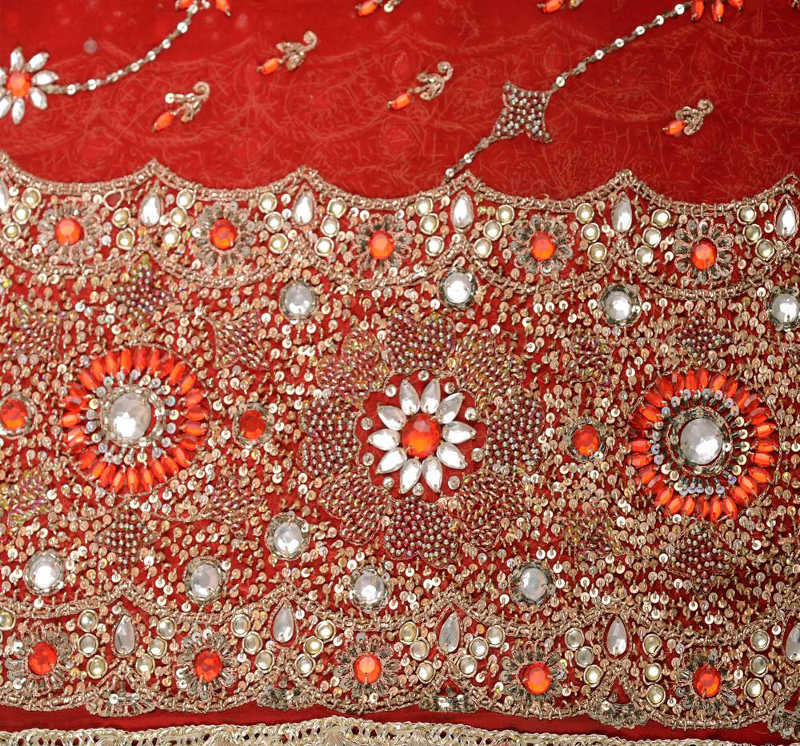===
0601,
8
===

=== |
 |
laq-o-daq : 'Waste, desolate, wild, dreary, bleak and barren'. (Platts p.958)
jangal : 'A jungle, wood, forest, thicket; forest land; waste land; land or country overgrown with long grass and weeds; a wild or uninhabited part'. (Platts p.392)
FWP:
SETS == BHI; IDIOMS
MOTIFS
NAMES
TERMS == THEMETaking the 'put your head into your collar' idiom as enjoining special attention, can you put your head inside your chest and see your own heart? If you could, you'd be in the midst of a bleak, hopeless, jungle or wilderness.
The use of bhī is particularly clever here. It can most conspicuously be the colloquial kind of usage that appears (and is discussed) in {601,1}; in both cases it appears in the same position in the line. In this case it's emphatic, meditative, or whatever, but doesn't (necessarily) have its ordinary meaning. But then-- in this case, unlike {601,1}, why couldn't it also have its ordinary meaning? In that case we'd have 'the heart too'-- that is, like the rest of the universe, it too is a jungly wilderness. Or else we'd have 'even the heart'-- you'd think it might be an exception to the hostile wildness of the universe, but alas, it's not.
Note for meter fans: In practical terms, we don't have to worry about decision criteria for the tashdīd , because the presence or absence of the tashdīd can be reliably known from the scansion of the line in question. It's useful to note that in classical Urdu ghazal, before an izafat (or a conjunctive vāʾo ), a two-consonant Arabic-derived word very often gains a tashdīd on the second consonant. Think of it as a bit of help for these very tiny words, since before an izafat the second consonant metrically abandons the first one and forms a new syllable with the izafat. This means that if the first consonant is left entirely alone, it hardly exists as a word any more. Thus for example fann-e dāstān-goʾī with the tashdīd is easier to read, because 'fan-ne' is easier to interpret than 'fa-ne' . This effect could be taken to account for the first tashdīd (before the conjunctive vāʾo ), but not the second, since in this verse it's not followed by an izafat; here we just have to take it as part of the (oddly spelled) word laqq-o-daqq , in the form in which Mir has chosen to use it.